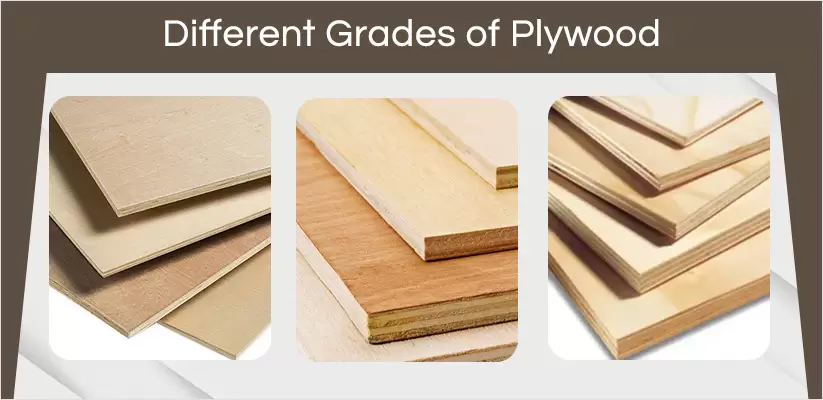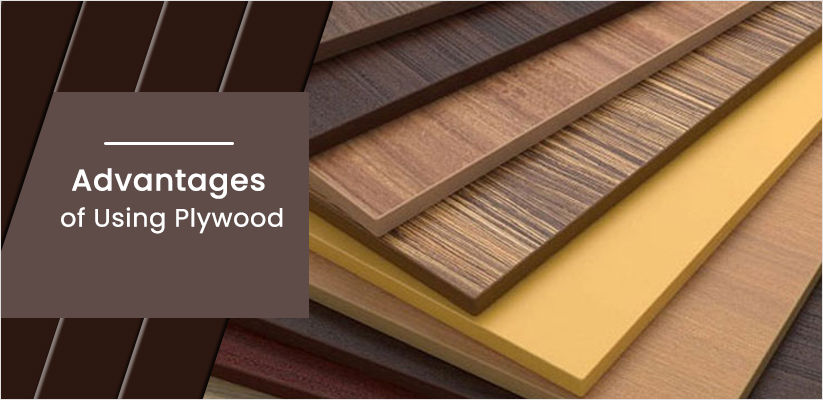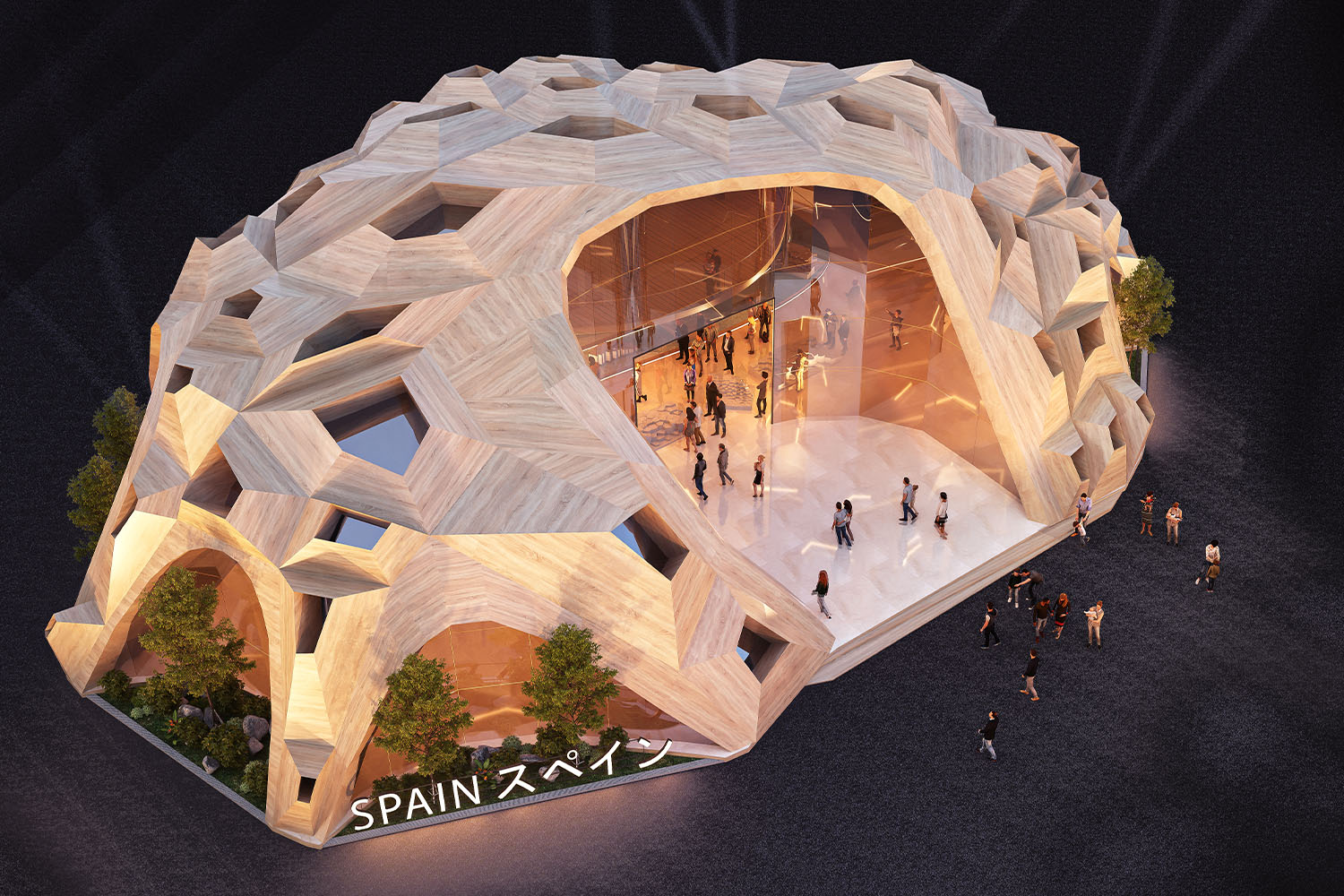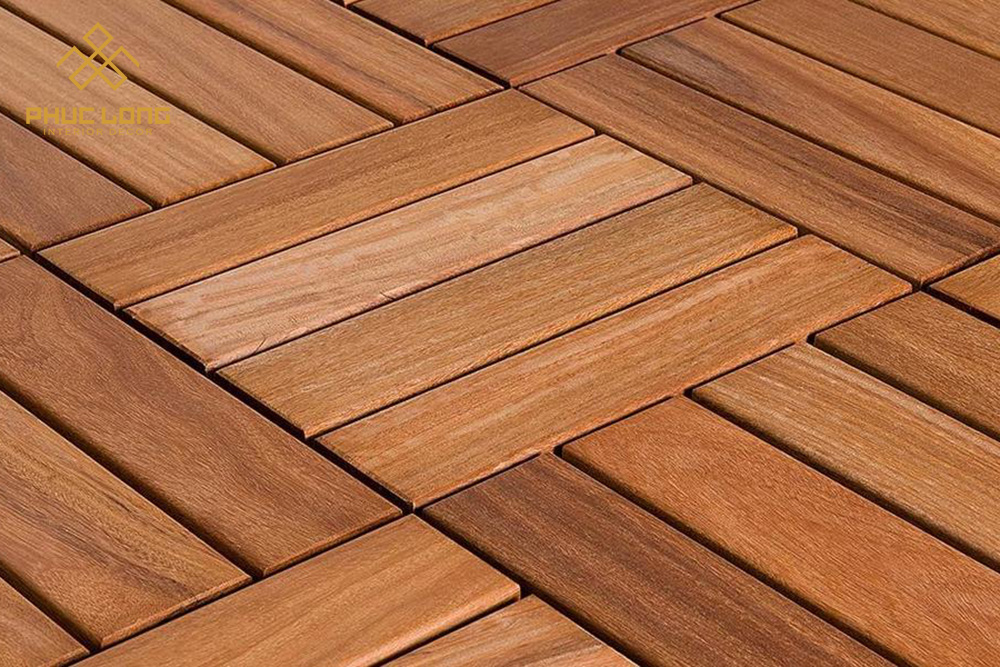Plywood is one of the most widely used materials in both construction and interior design today. Thanks to its exceptional benefits such as durability, aesthetic appeal, and excellent load-bearing capacity, it has become a top choice for customers, architects, and contractors alike.
1. What is Plywood?
Plywood consists of several thin layers of wood, known as veneers, which are pressed together with specialized glue under high pressure and heat. The veneers are arranged with alternating grain directions, making the board stronger and more durable. This unique structure allows wood panel to withstand greater forces than natural wood or other board materials.
2. Common Types
There are several types, each suited for different purposes:
- Softwood Plywood: Made from coniferous trees like fir, pine, or cedar, this type is more affordable due to the fast-growing nature of these trees. Softwood wood panel is often used in construction because of its strength and load-bearing capabilities.
- Hardwood Plywood: Produced from trees like oak, walnut, and birch, hardwood wood panel is more durable and resistant to warping, cracking, and fire. Although more expensive, it is ideal for high-end furniture and heavy-duty flooring.
- Tropical Plywood: Made from tropical hardwoods, this type has a higher density and durability. It’s commonly produced in regions like Asia, South America, and Africa and is known for its uniform layers and superior quality.
- Aircraft Plywood: Created using woods like birch and spruce, aircraft plywood is designed to be heat-resistant and extremely durable, making it suitable for high-temperature environments.
- Marine Plywood: This high-quality wood panel is water-resistant, mold-resistant, and termite-resistant, commonly used in shipbuilding and other applications exposed to moisture.
- Boiling Water Resistant (BWR) / Boiling Water Proof (BWP): These types are specifically made to withstand high humidity and boiling water, making them perfect for furniture and outdoor applications.
3. Advantages
- Durability: Plywood has exceptional mechanical strength due to its multi-layered structure. The alternating wood grains minimize warping, shrinking, or cracking, making it an ideal material for load-bearing structures.
- Aesthetic Versatility: It can be finished with veneers from premium woods, giving furniture and surfaces a luxurious look.
- Workability: Plywood is easy to cut and shape, offering flexibility for various designs and reducing production time.
- Cost-Effective: More affordable than solid wood, it helps lower costs while maintaining high quality.
- Eco-Friendly: Using plywood helps reduce the exploitation of natural wood, preserving forest resources and protecting the environment. Additionally, modern plywood production processes aim to reduce waste and emissions.
4. Applications
Plywood is used in a wide variety of fields:
- Furniture Manufacturing: Ideal for making tables, chairs, cabinets, and other household items.
- Construction: Commonly used for partitions, floors, ceilings, and concrete formwork.
- Interior Design: Frequently used in high-end interiors, where its veneer surface adds natural beauty.
- Outdoor Uses: Water-resistant varieties are employed in outdoor structures like sheds and prefabricated houses.
5. Important Considerations When Using
While multi-layer board has many advantages, it’s essential to consider a few things to ensure the quality and longevity of the product:
Choose the right type of wood panel based on your specific needs and environmental conditions (moisture resistance, water resistance).
Store it properly, avoiding direct contact with water or prolonged exposure to moisture unless it is protected by a waterproof coating.
Check the source and quality: Buy from reputable suppliers to ensure both the quality and safety of the product.
Plywood is a building and interior material with many outstanding features in terms of functionality, aesthetics, and cost. Its versatility in applications, from interior design to construction, makes it a perfect choice for many projects. If you’re looking for a material that is both durable and aesthetically pleasing while maintaining a reasonable budget, wood panel is undoubtedly a suggestion worth considering.
You can read more articles by visiting our blog here.







